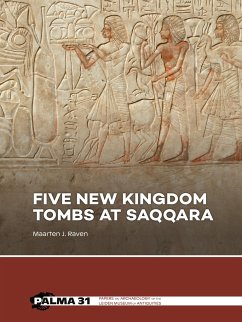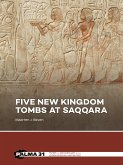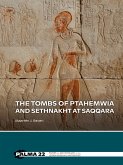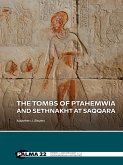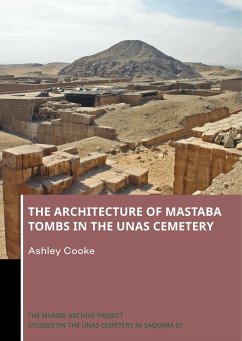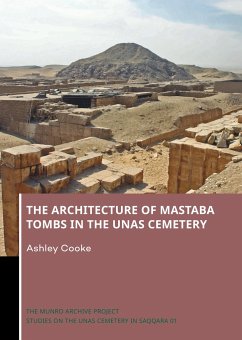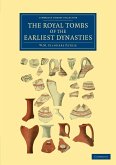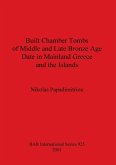The five tombs dealt with in this book were explored between 2009 and 2017 by the Leiden-Turin Expedition in the New Kingdom necropolis of Saqqara. All of them can be described as minor tombs, constructed wherever some space was still available in the cemetery between the major monuments of 18th Dynasty date. Some of them were clearly built against the exterior walls of these previous monuments, whereas their unusual plans show how the builders had to adapt to the cramped conditions in the cemetery.The five tombs vary in date from the very end of the 18th Dynasty to well into the Ramesside period. The most important one was built for Ry, an army officer who must have served under general (later Pharaoh) Horemheb. The rediscovery of his tomb finally enables us to understand the provenance of a whole series of reliefs now in the Berlin Museum and elsewhere.The set of five also comprises two tombs of priests in the temple of Ptah, the Memphite town god. Both Khay and Tatia served inthe sanctuary as carrier of the divine barque during processions, combining this office with other jobs: chief royal gardener in the case of Khay, and chief of goldsmiths for Tatia. The latter was a contemporary of Pharaoh Ramesses II, whereas Khay seems to have lived slightly earlier.The tomb of Samut is a very humble affair consisting of a rare four-sided stela standing next to a simple burial shaft. The owner was a simple stone-mason or necropolis workman, and the presence of his funerary monument in what used to be an elite cemetery comes as a surprise. Less informative is the fifth tomb of this series, which is no more than an unfinished and anepigraphic limestone chapel with a now inaccessible shaft in front.ContentsPrefaceStaff of the Expedition, 2009-2022I. The site and its historyMaarten J. RavenII. The tomb of Khay IIMaarten J. RavenIII. The tomb of SamutMaarten J. RavenIV. The tomb of RyNico T.B. Staring, with a section by Maarten J. RavenV. Tomb 2013/7Maarten J. RavenVI. The tomb of TatiaVincent Oeters, with a section by Maarten J. RavenVII. Reliefs and inscriptions without contextMaarten J. RavenVIII. ObjectsMaarten J. RavenIX. PotteryBarbara G. AstonX. Skeletal remainsLadislava Horácková, Ali Jelene Scheers, and Sarah SchraderConcordance of excavation numbers and catalogue numbersSpatial distribution of findsList of designated featuresAbbreviationsBibliographyIndices
Hinweis: Dieser Artikel kann nur an eine deutsche Lieferadresse ausgeliefert werden.
Hinweis: Dieser Artikel kann nur an eine deutsche Lieferadresse ausgeliefert werden.

